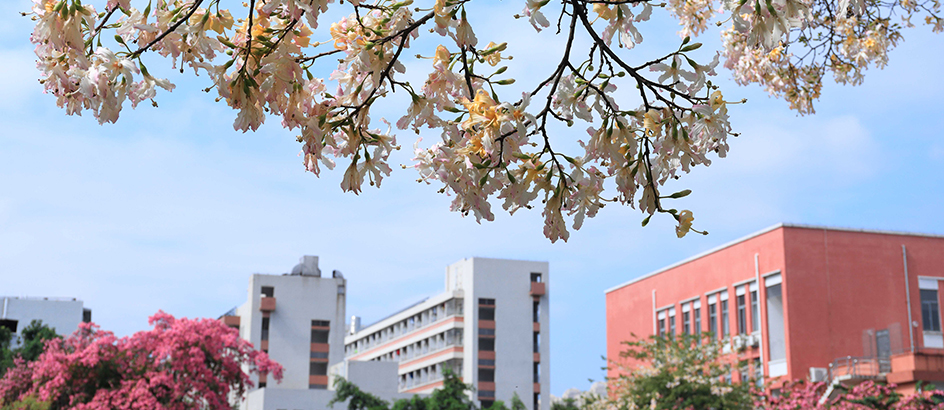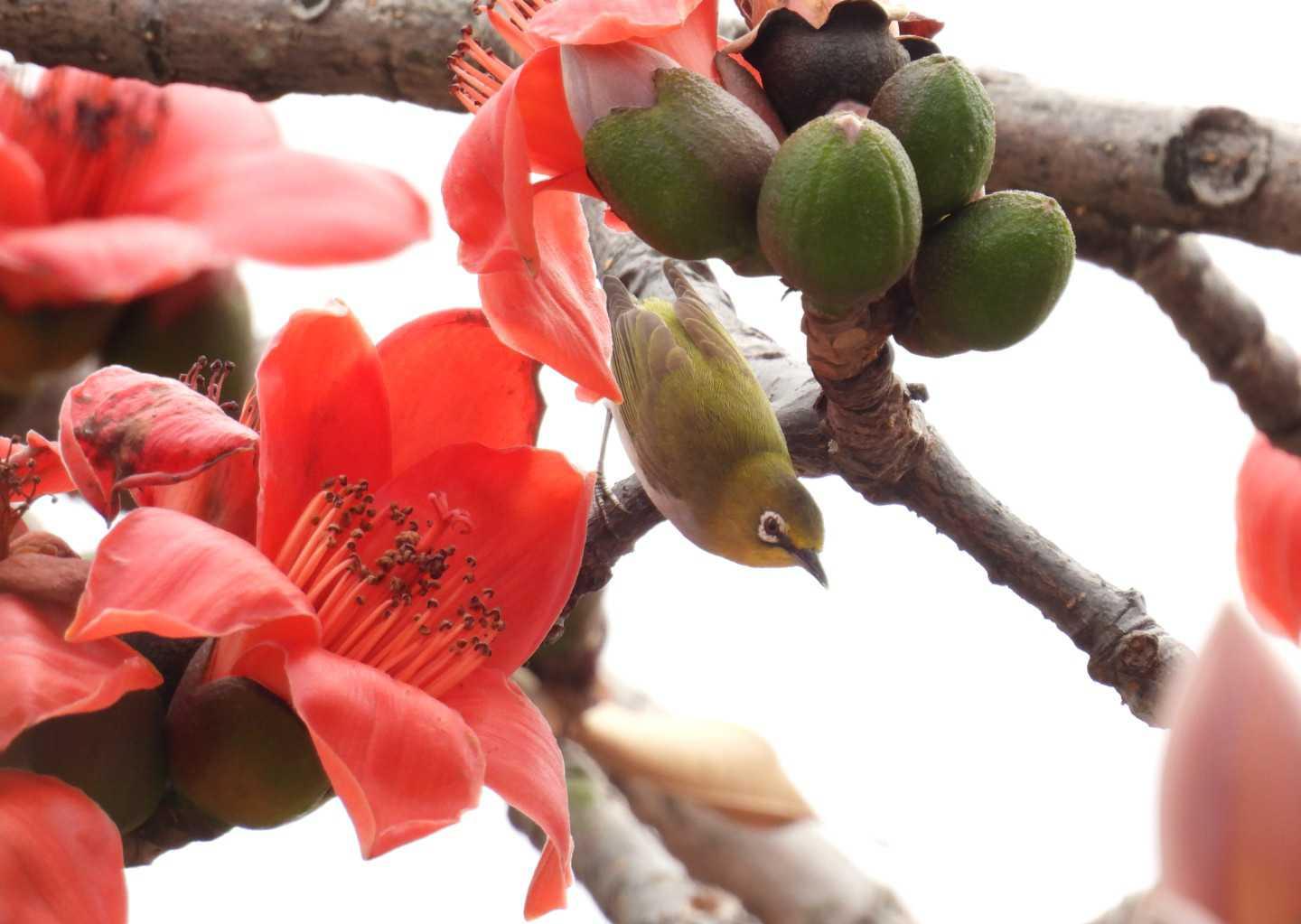
Likes
With spring's arrival at SCNU, the air is filled with the gentle flutter of wings and the melodies of birdsong. Have you ever paused to watch a Chinese blackbird hopping across the lawn? Tilted your head to catch the piercing call of the Asian koel (Eudynamys scolopaceus)? Or marveled as a night heron glides silently through the sky?
With the International Bird Day approaching on April 1, it's the perfect time to get to know these winged friends who share our sky. Let this guide introduce to you the birds of SCNU—you might just be able to name the next one you spot around the corner.
During the season when the kapok flowers bloom, many birds come to the trees to feed on the nectar or petals, creating a lively spring scene.

The Swinhoe's white-eye, with a distinctive white ring around the eyes, is widely distributed across eastern China and ranks among the top three most common birds found on the campus of SCNU.
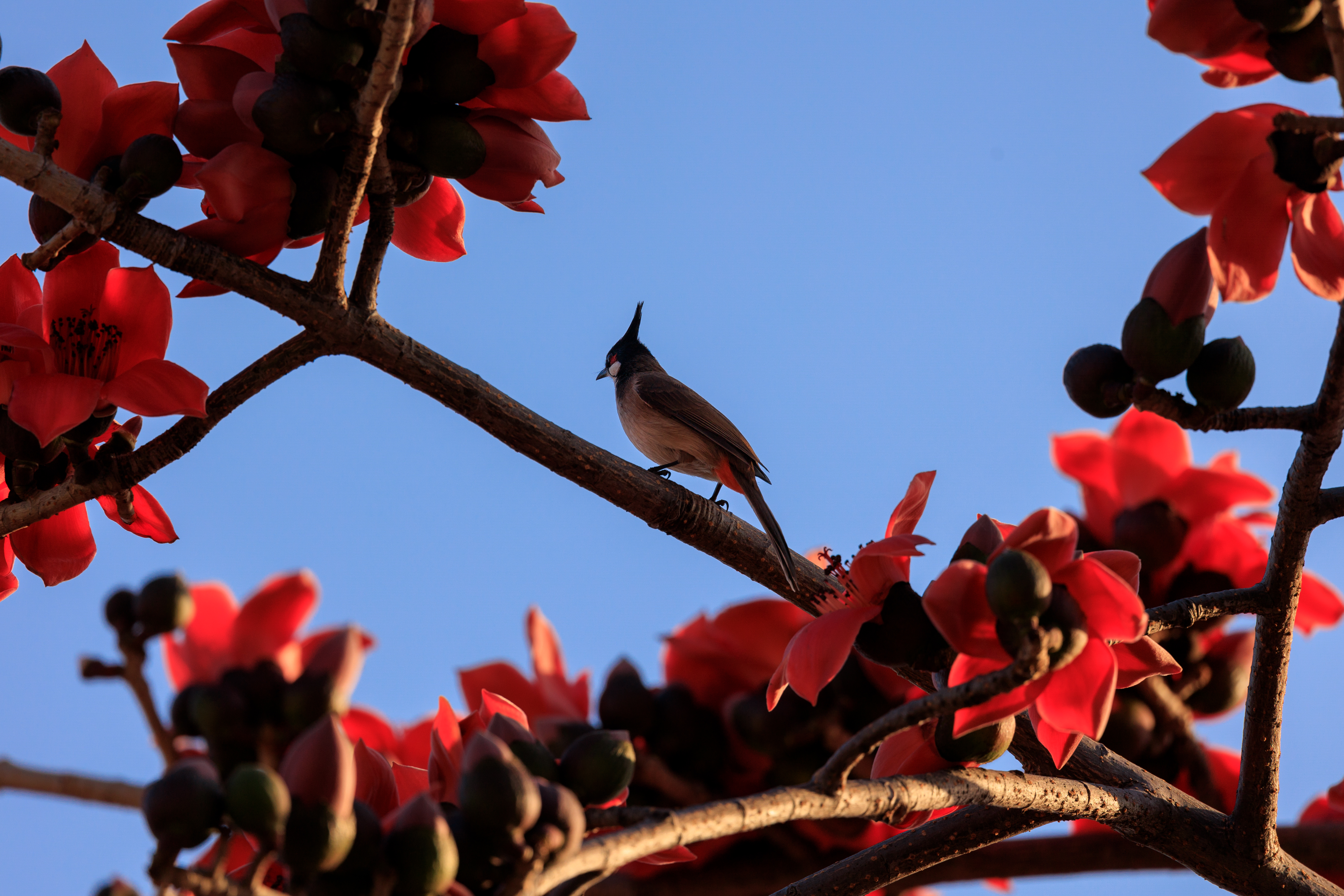
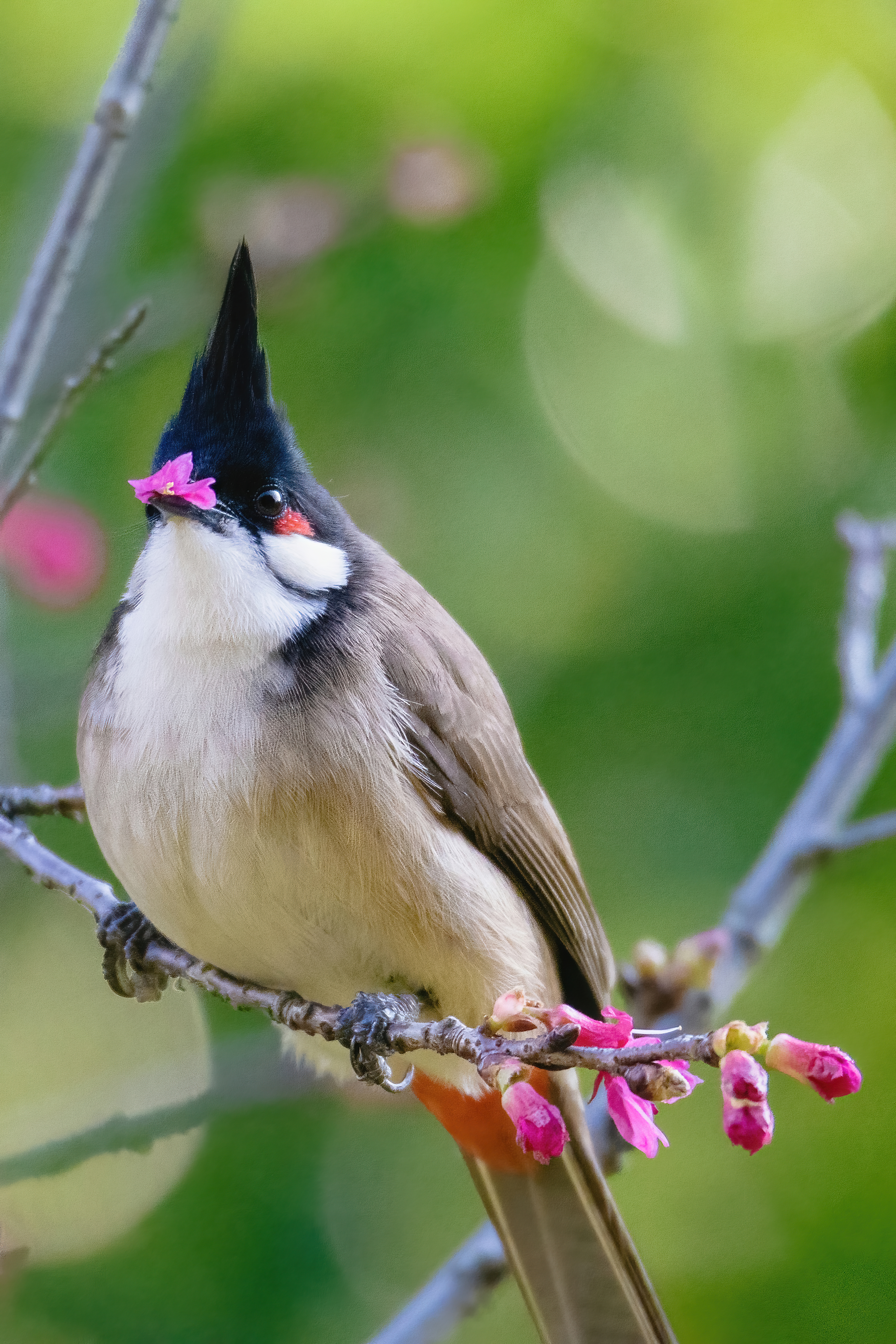
The Red-whiskered bulbul, easily identified by its striking black crest, is primarily found in southwestern China and is also one of the top three most common birds around SCNU.
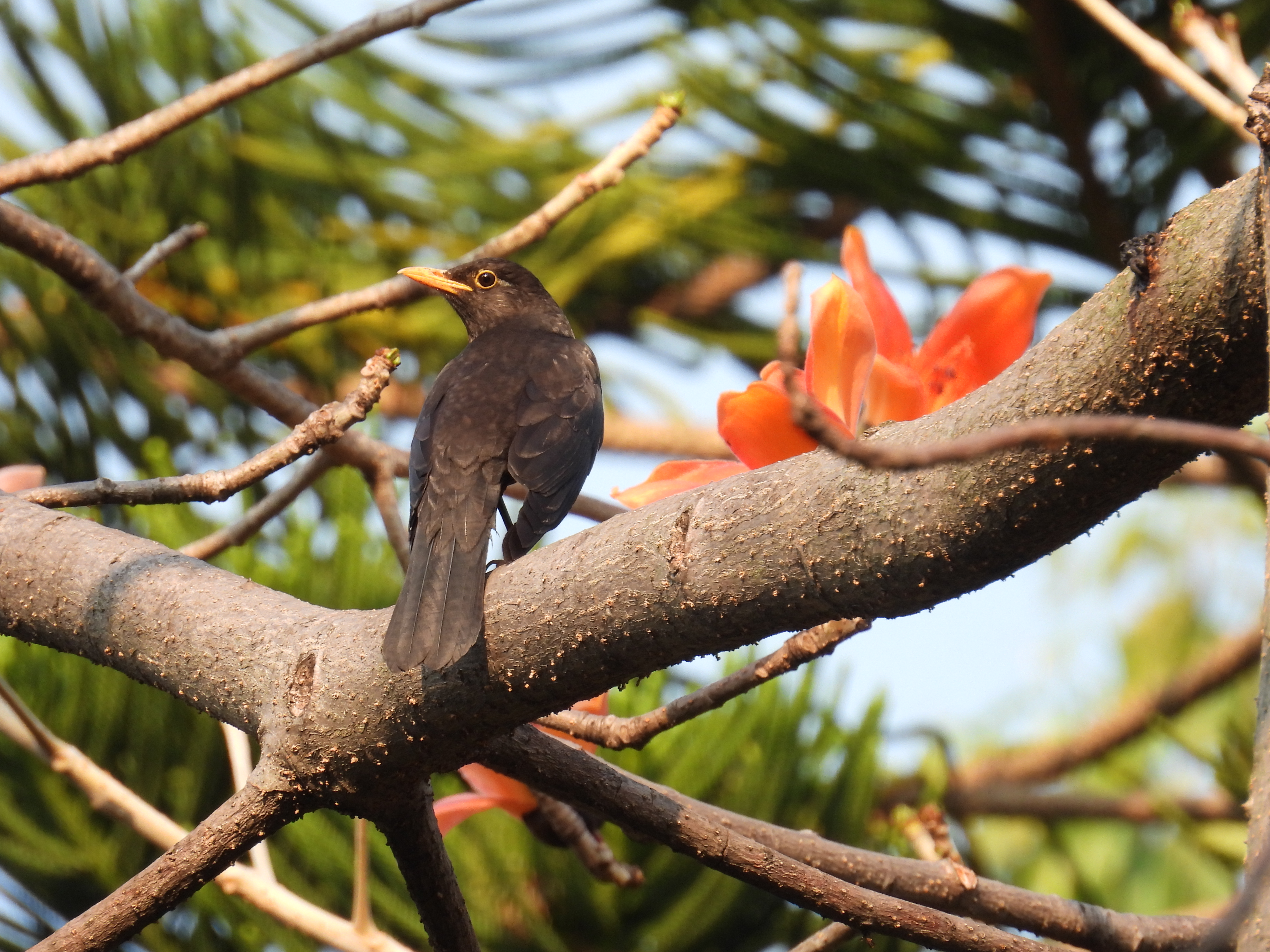
The Chinese blackbird, most recognized with its all-black plumage and bright orange and yellow beak, is often mistaken for a crow by those unfamiliar with it. It ranks as one of the most common birds around SCNU.
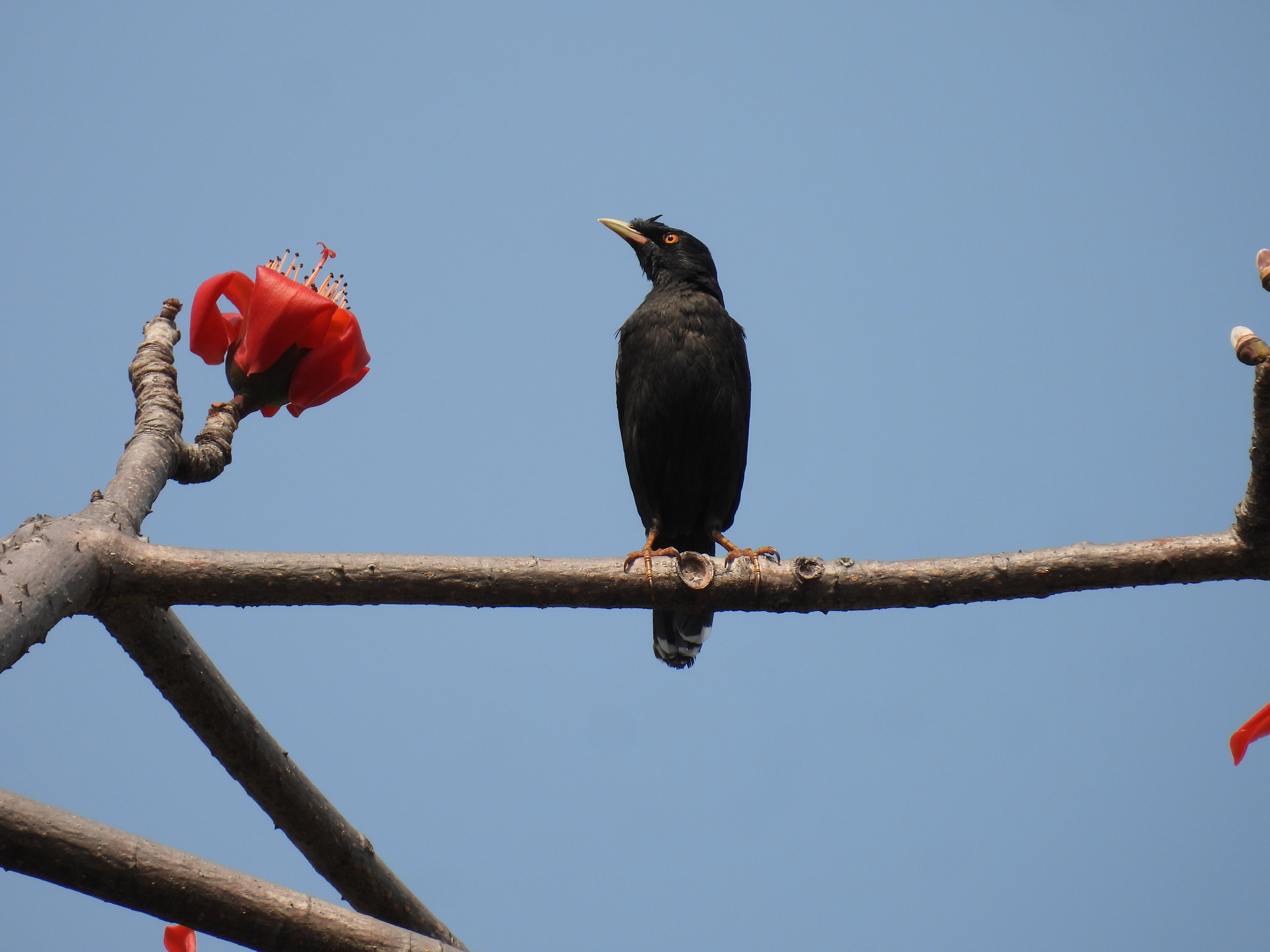
The Crested myna, which resembles the Chinese blackbird, can be easily distinguished by its upright crest and rich variety of calls. It is commonly found throughout southern China.
Now, our path leads us to the central lake on the Shipai campus, the waterfowl’s favourite habitat.

The Black-crowned night heron, a common waterfowl, often tucks its neck in and has 2-3 white plumes on its crown. It is known for its "kowak-kowak" call during flight.
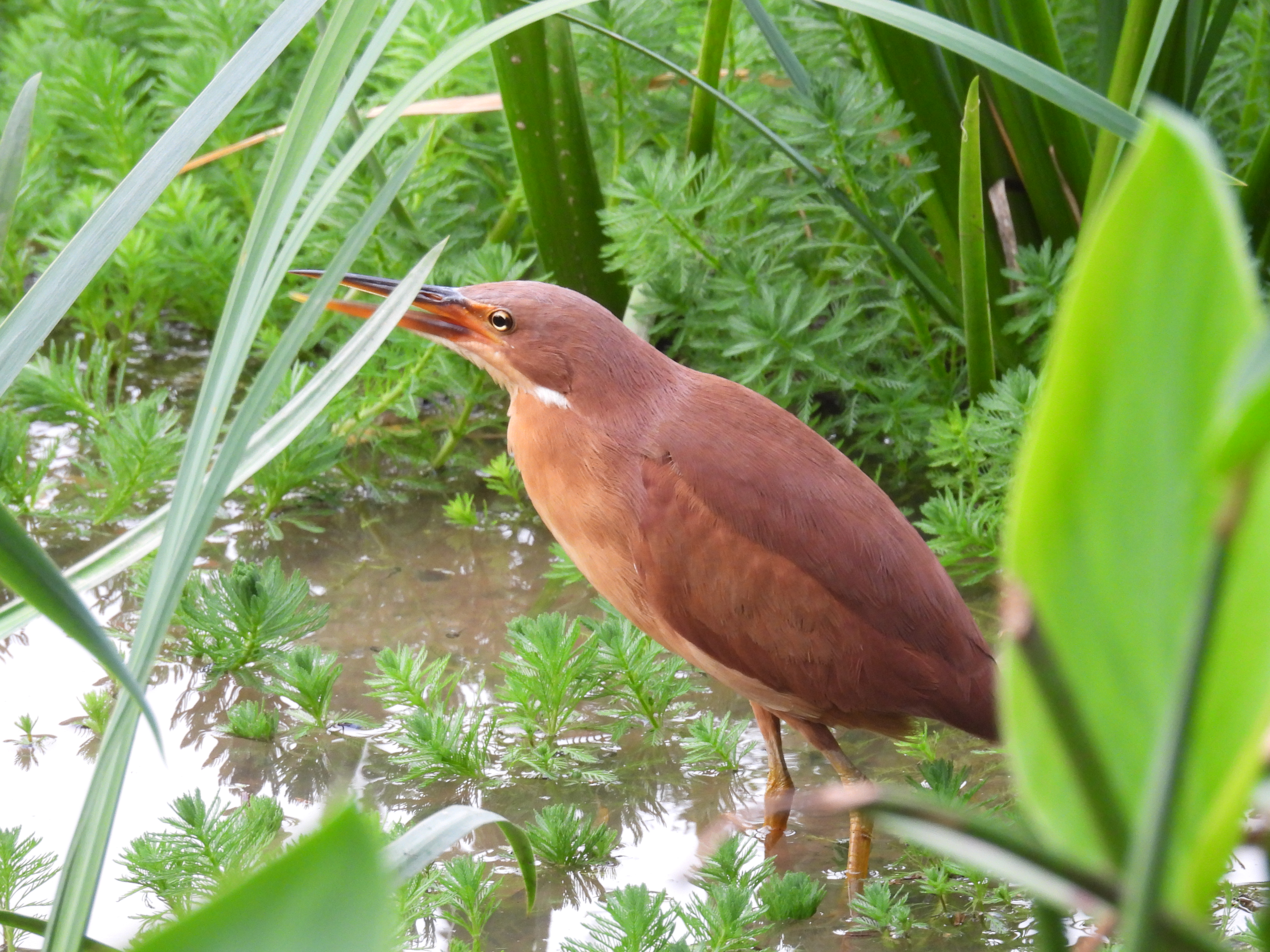
The Cinnamon bittern, often camouflaged among the surrounding reeds, is highly adaptable and commonly found in areas with human activity.
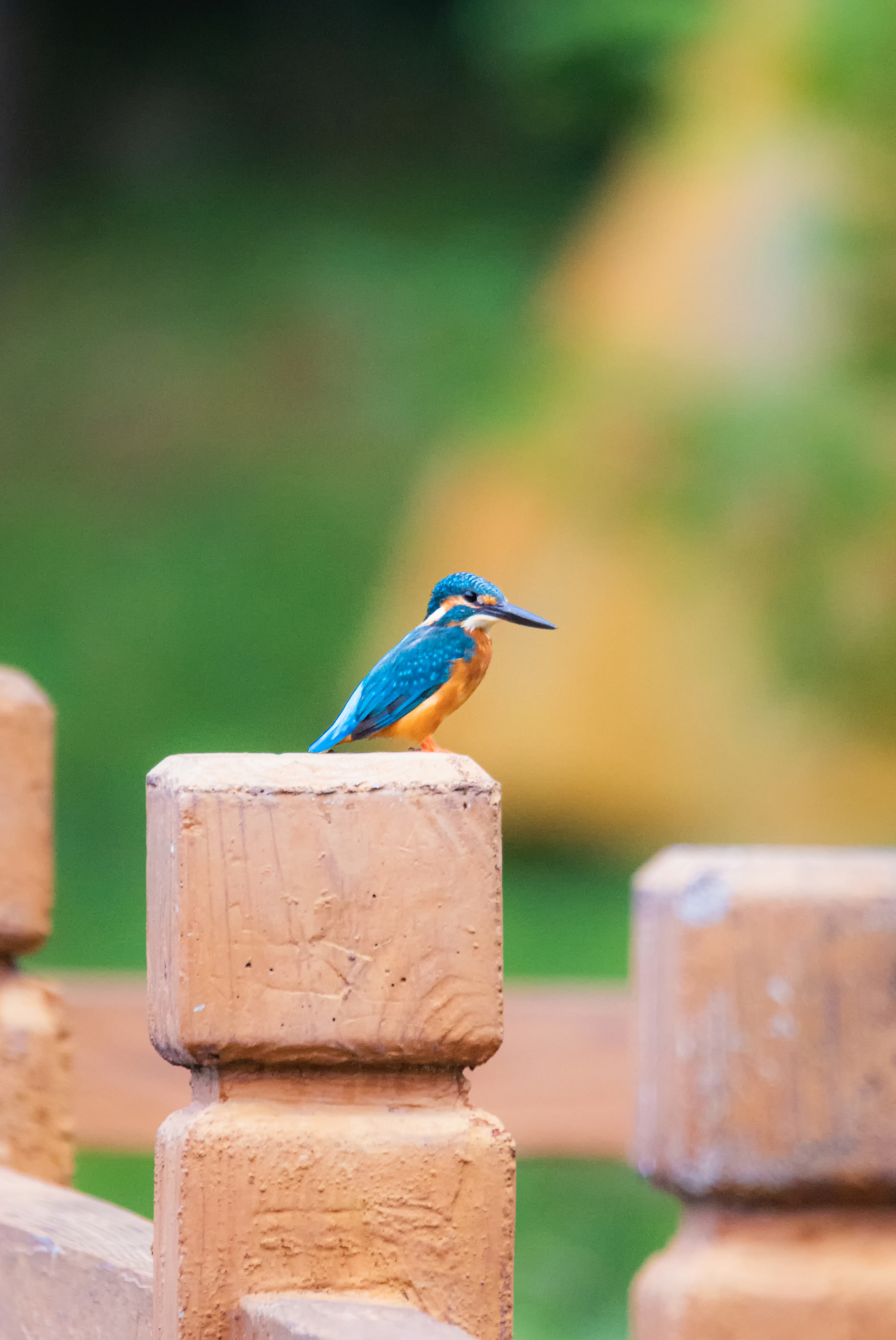
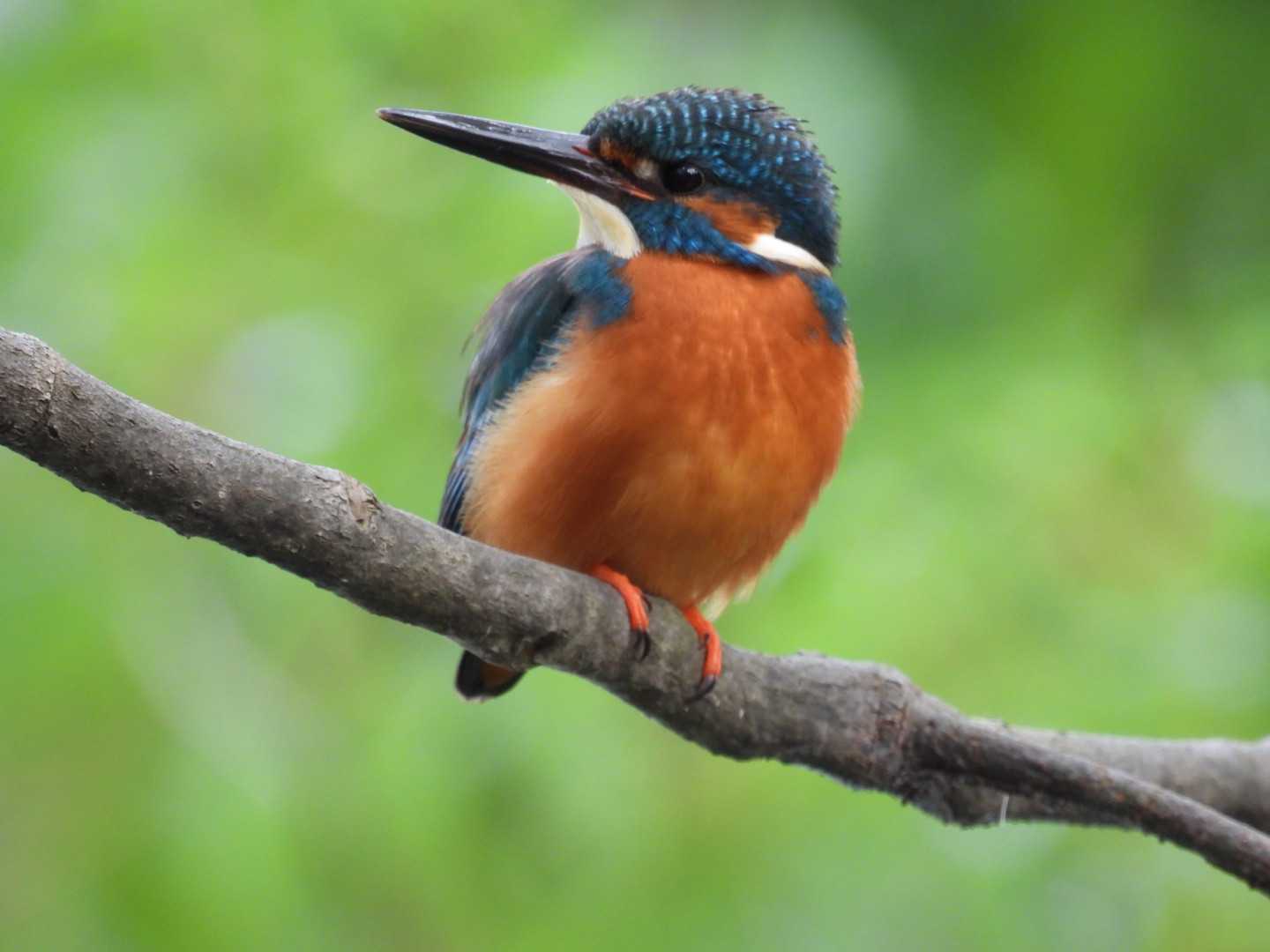
The Common kingfisher, found in freshwater environments such as rivers and ponds, has high ecological demands and is considered an indicator species.
In residential areas, birds also coexist harmoniously with humans.
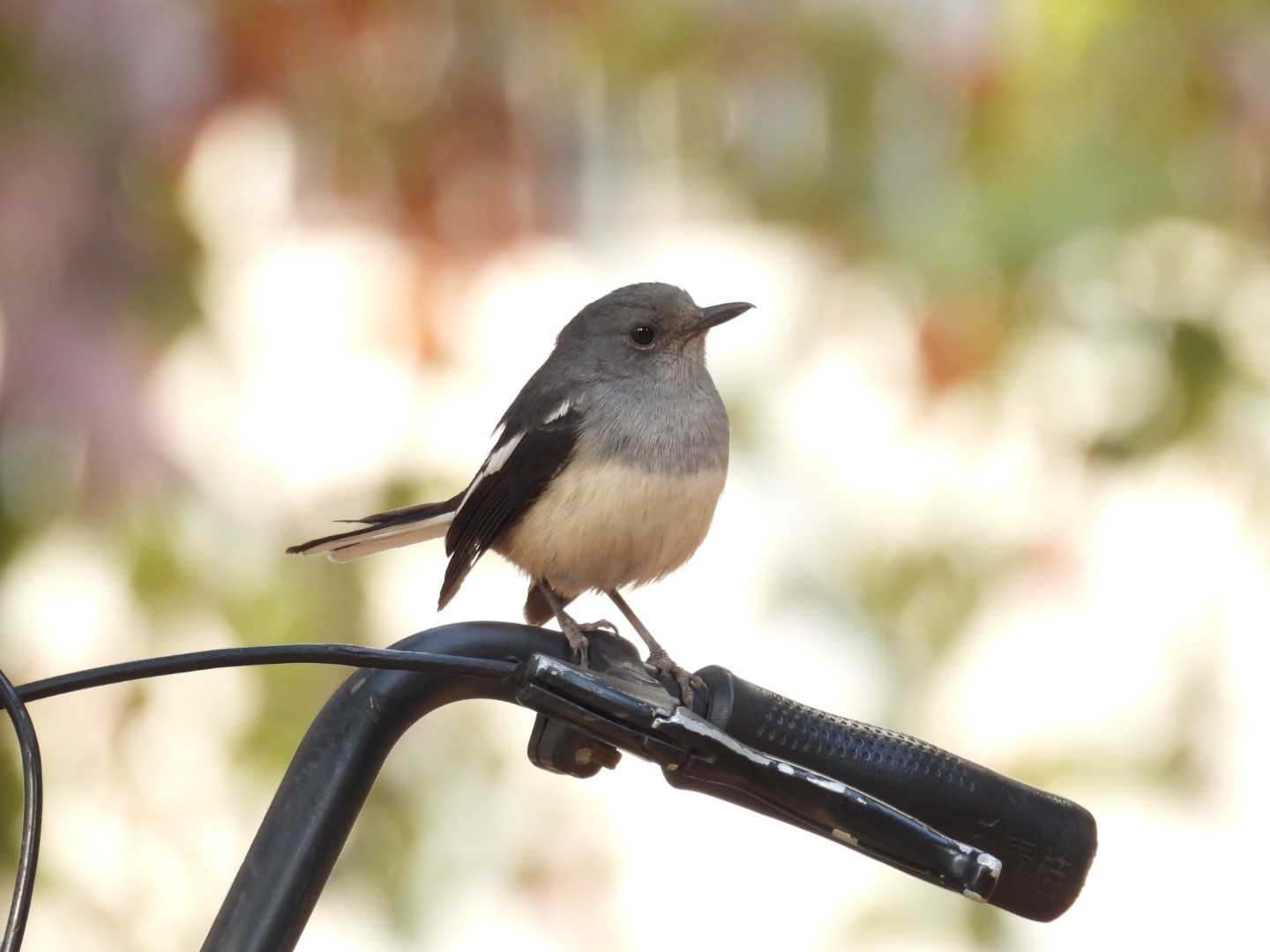
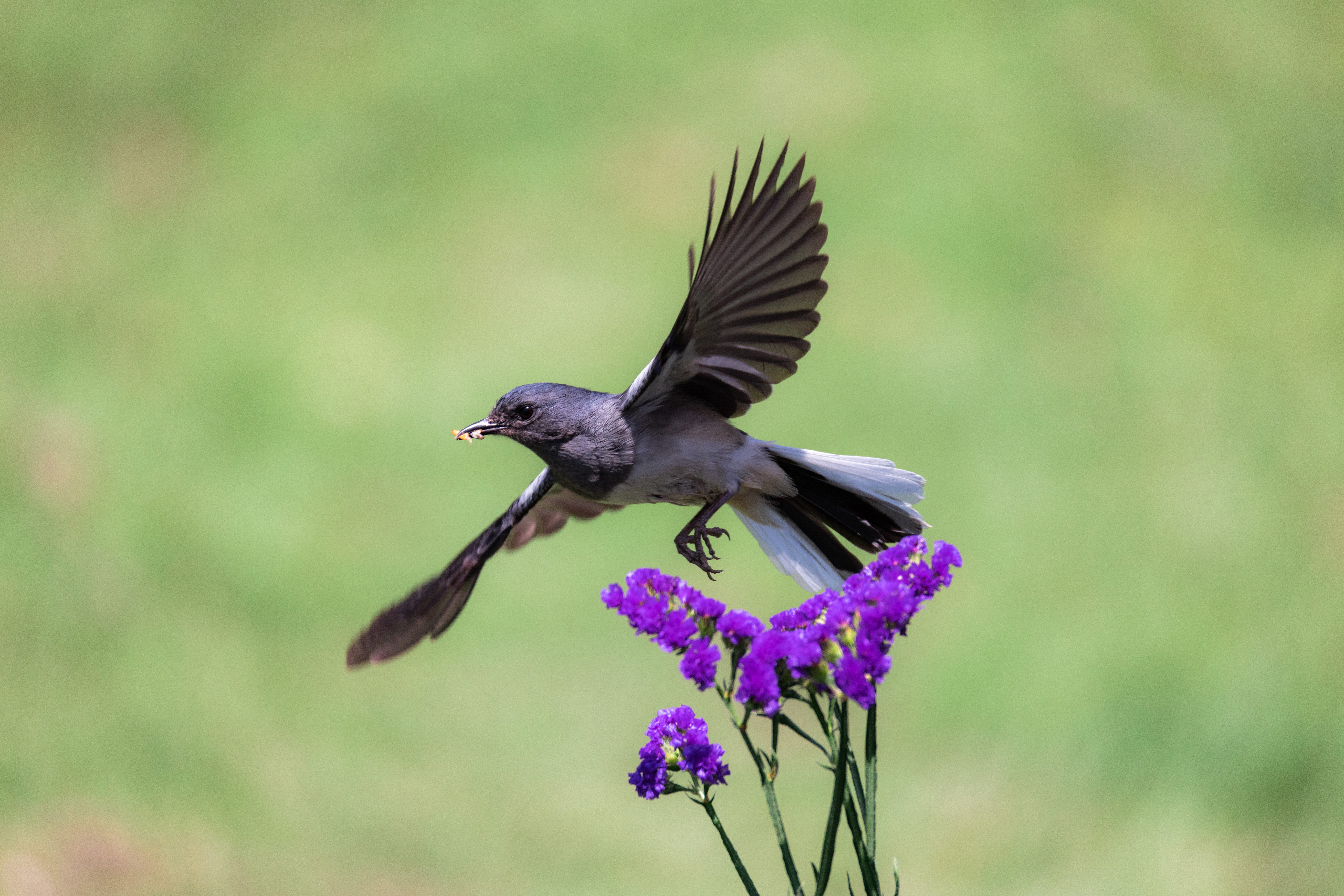
The Oriental magpie-robin is known for its rich, melodious, and highly variable call, and it is skilled at mimicking the sounds of other birds. The crisp whistles heard at dawn often come from this talented songbird.
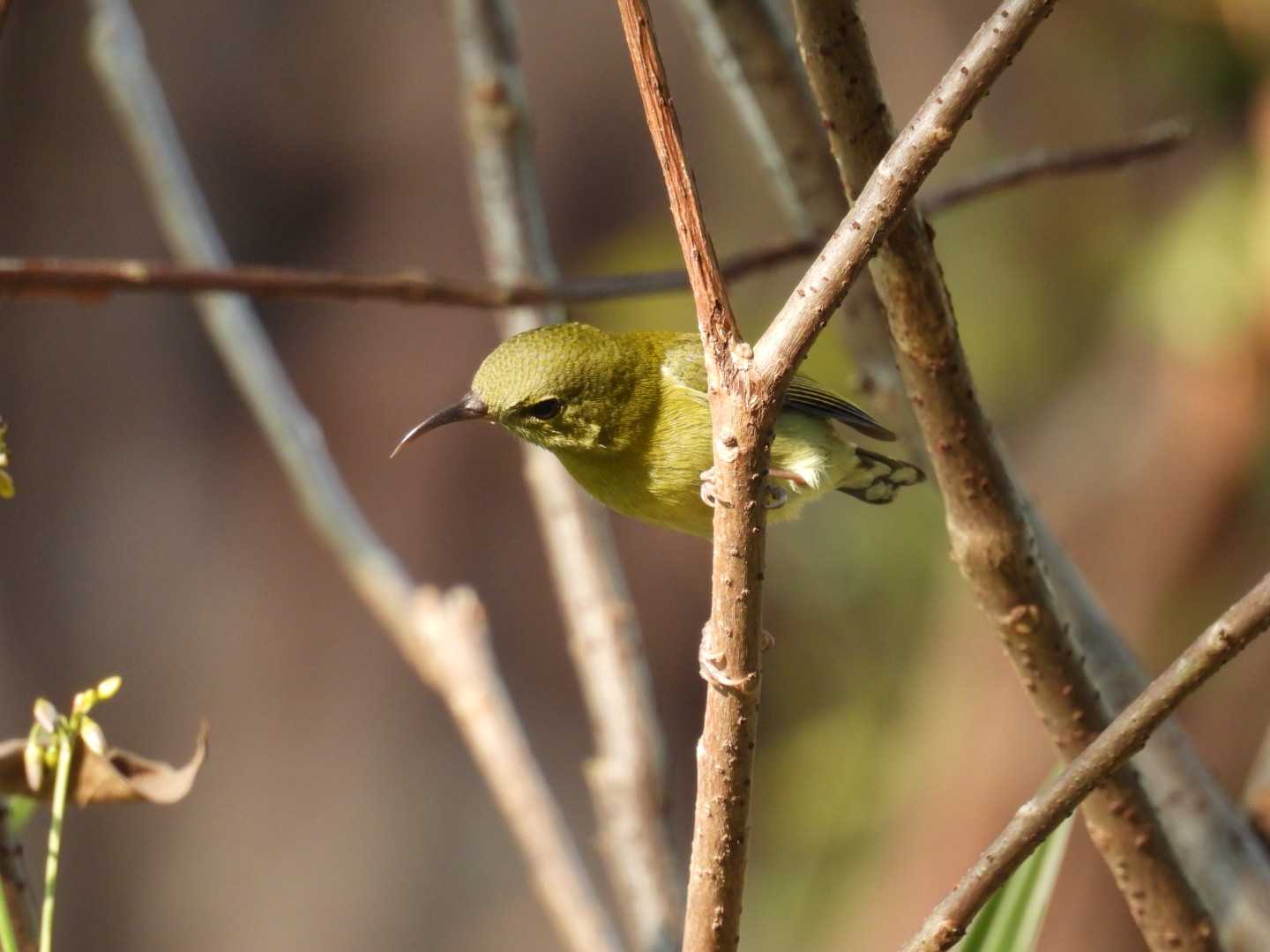
The Fork-tailed sunbird gets its name from the male’s distinctive forked tail and metallic green head. In contrast, the female has a shorter, unforked tail and a yellowish-green head.
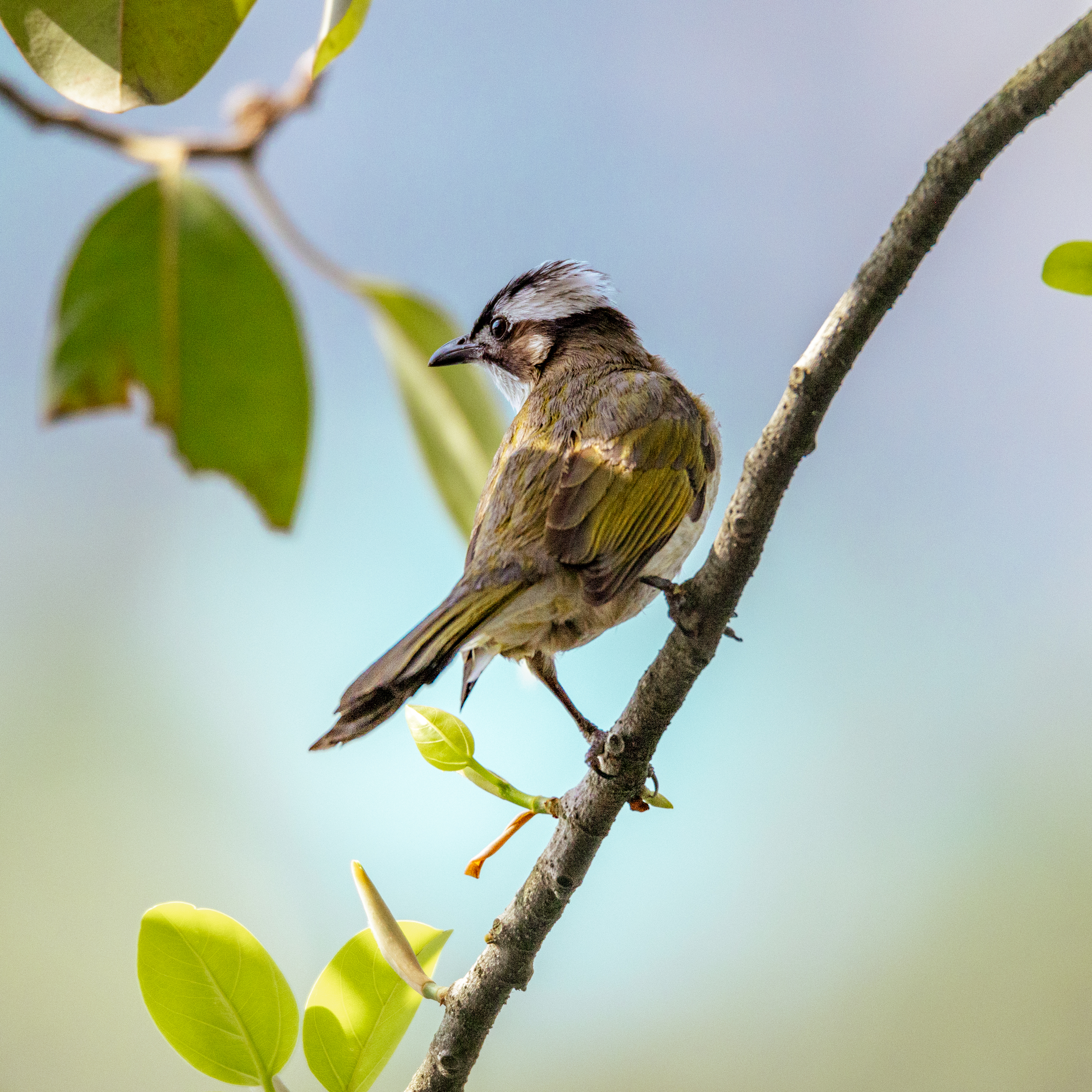
The Light-vented bulbul, with its distinctive white eyebrows, is an active and fearless bird, unafraid of humans. Its call is a crisp, four-syllable melody: "wee-wee-der-wee".
Near the teaching buildings on the University Town campus of SCNU, you can often spot these little sprites hopping around the lawns or in the trees.
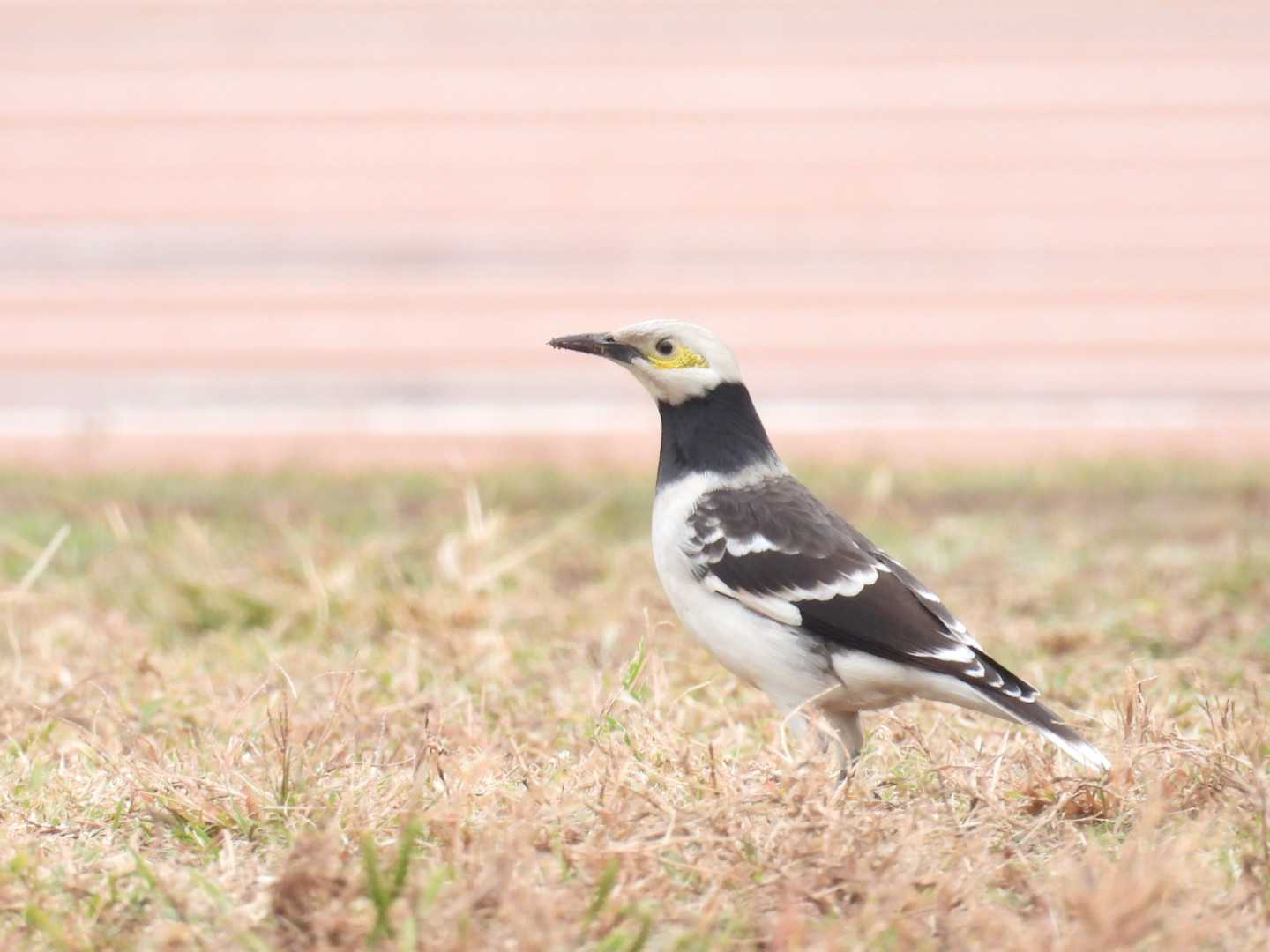
The Black-collared starling, easily recognized by its black collar, is a distinctive black-and-white bird. It inhabits open areas such as plains and grasslands.
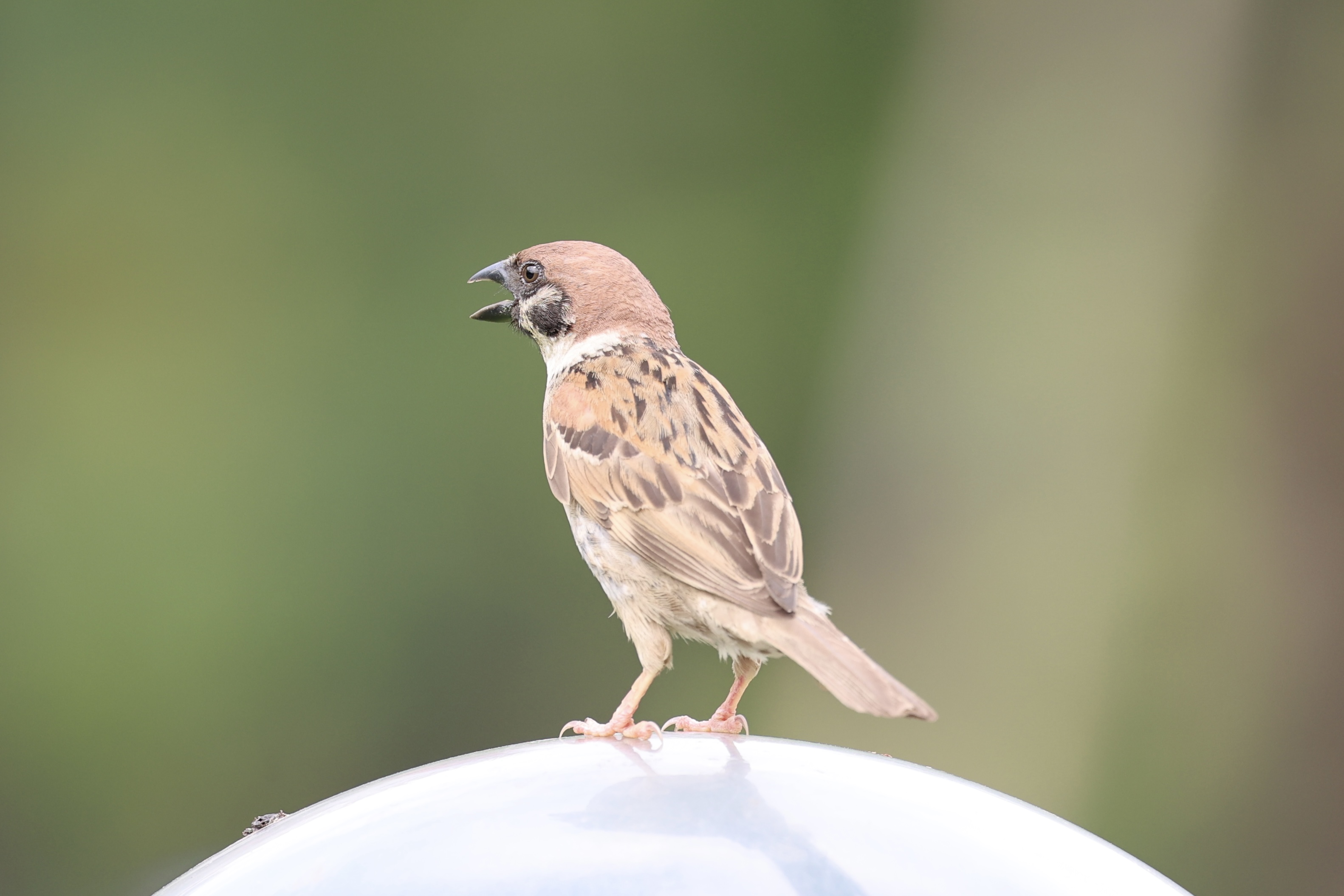
The Eurasian tree sparrow is commonly found across China, especially in farmland, parks, and tree-rich areas, where it often gathers in flocks.
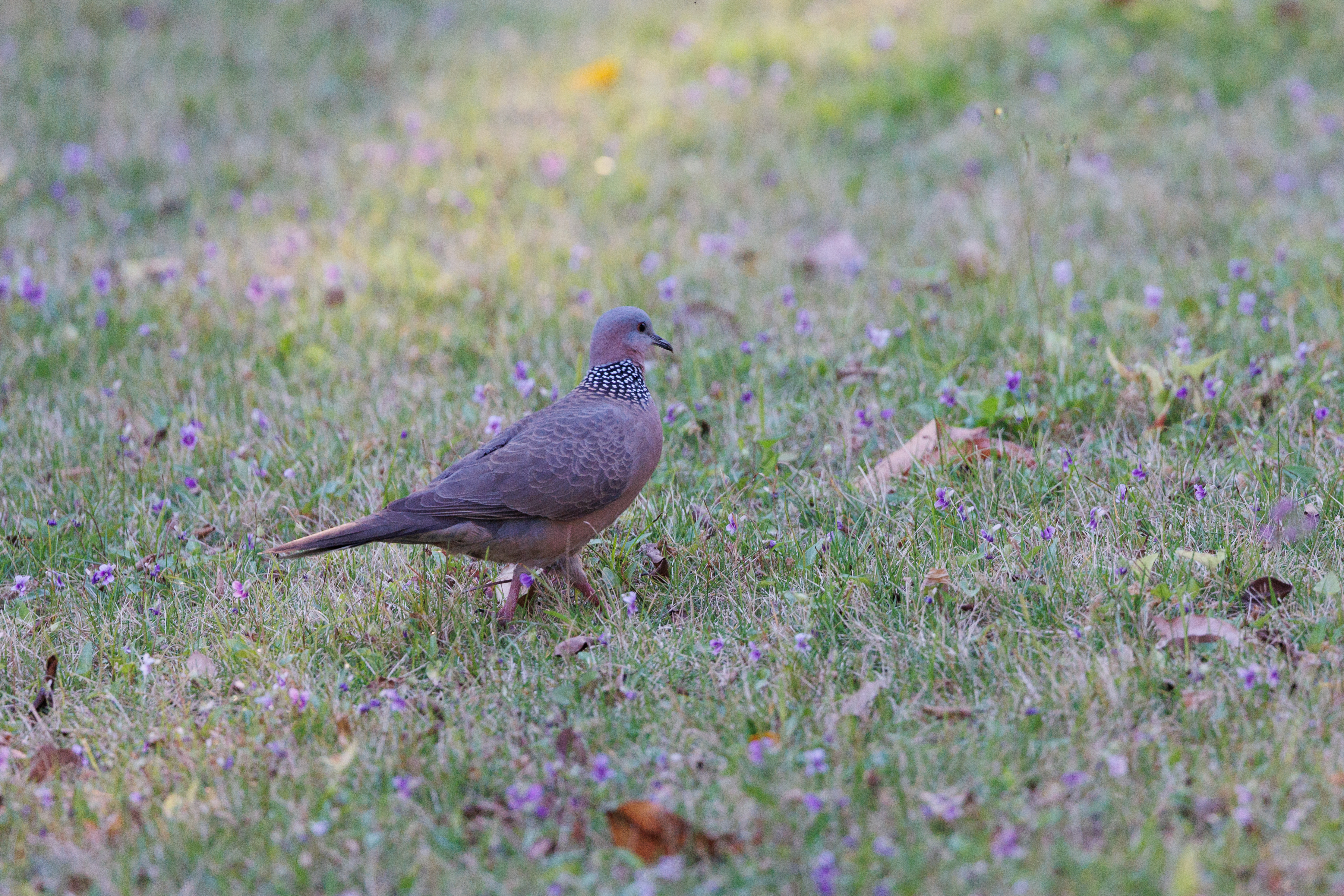
The Spotted dove, distinguished by its unique black-and-white spotted necklace on its neck, prefers man-made habitats such as urban greenery, pastures, and orchards.
Flocks of small birds are singing cheerfully in the floss silk trees on the Nanhai campus and by the lakeside at the Binhai campus.
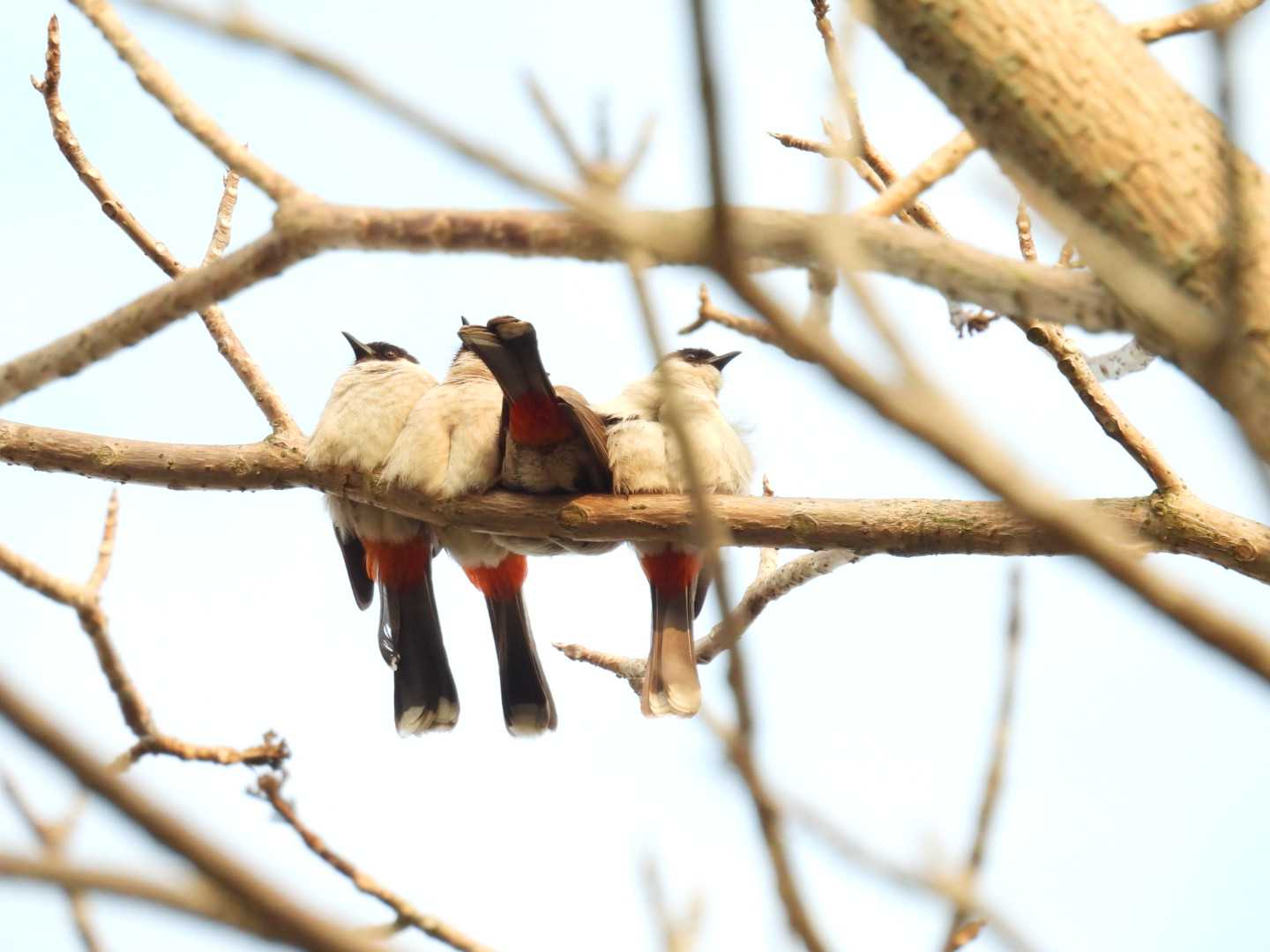
Distinguished by its crimson belly and short crest, the Sooty-headed bulbul is commonly seen in small groups or pairs in urban areas, and is notably tolerant of human activities.
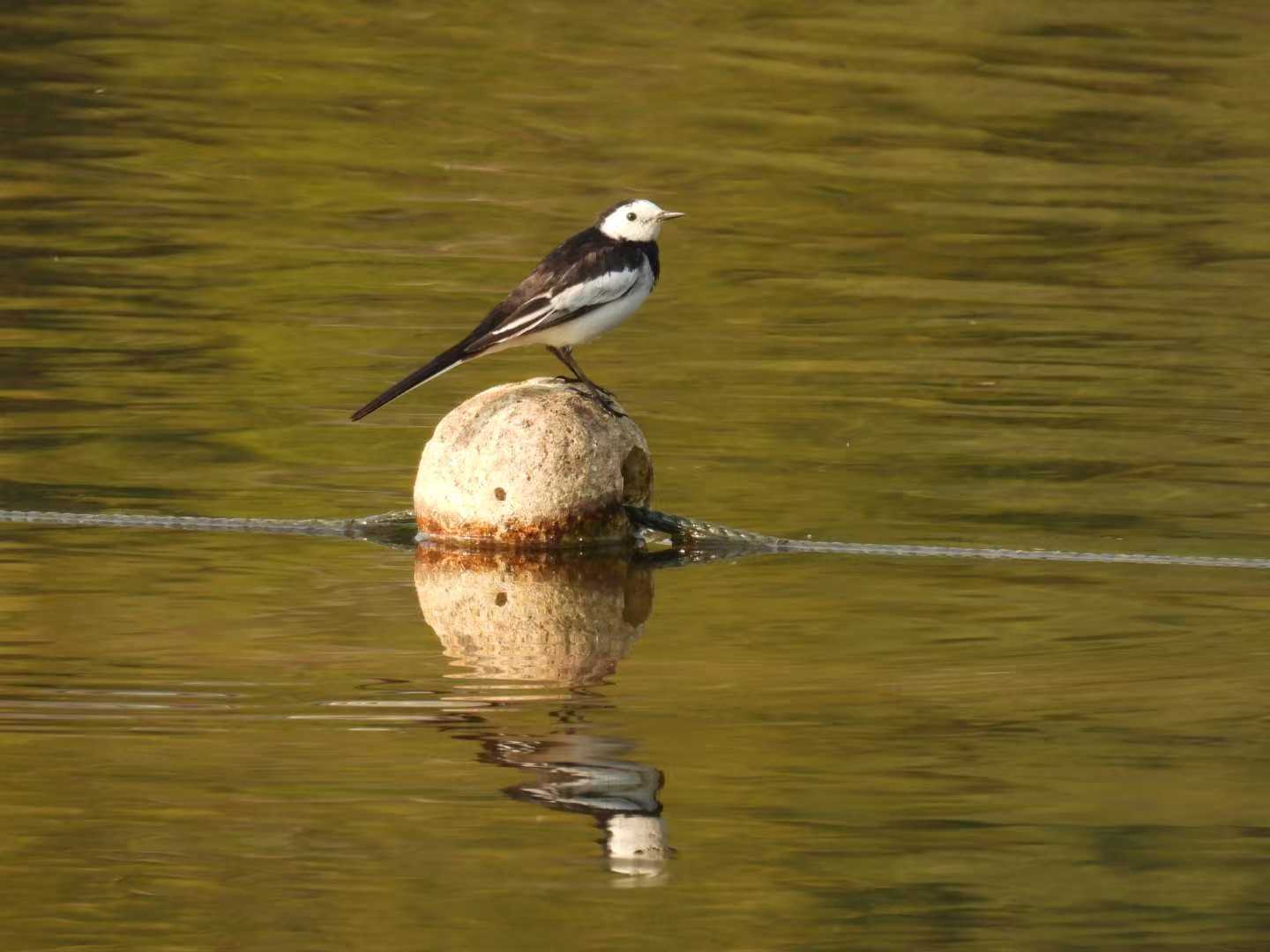
The White wagtail has between 9 an 11 subspecies, with variations in plumage color. It can be observed in various open habitats such as grasslands, wetlands, and on lawns.
That concludes today's guide to some of the bird species found around SCNU. Next time you stroll across the campus, keep your eyes and ears open—you just might spot one of these delightful winged visitors.
Photographs provided by Wang Bin, Cao Ye
Written by Luo Fengyi, Tang Jingyue
Proofread by Edwin Baak
Edited by Li Jianru
What to read next:






